|
by Jessica Rath New Mexico’s only Demeter-certified Biodynamic® farm. There’s a lot more to Abiquiú than Georgia O’Keeffe, once one looks a little closer. Not to detract from her fame and significance, but there are other topics of interest, and she would have been the first to agree. I learned about biodynamic farming and gardening when I lived in California in the 1980s and 90s. When I found out that there was a farm in Abiquiú that followed biodynamic guidelines and was actually certified by Demeter USA (a non-profit organization that upholds the required standards), I was curious: what motivated the owners to follow the biodynamic farming method? How did they end up in Abiquiú? I contacted Sarah and Peter Solmssen who kindly agreed to meet with me, answer my questions, and show me around the premises. But first you may want to know: what in the world is Biodynamic® agriculture? Biodynamics grew out of the work of Austrian scientist and philosopher Rudolf Steiner (1861 - 1925). During the early twenties, a few European farmers began to worry about the decline in soils; the loss of fertility; the increase of pests, fungi, and insects. Crops could be grown in the same field for fewer and fewer years, the quality of seed-stock was rapidly declining, and there was an increase in animal disease. The application of mineral fertilizers only seemed to intensify the problems. In 1924, a group of farmers and gardeners, soil-scientists and agronomists approached Dr. Steiner who had achieved recognition as editor of Goethe’s scientific writings. The resulting eight lectures, given in Dornach/Switzerland from June 7th to June 16th, 1924, have since been published as The Agriculture Course and form the basis for the biodynamic method. The first group of farmers who practiced this new method called it “biodynamic”, based on the two Greek words “bios” (life) and “dynamis” (energy). This name was meant to refer to a working with the energies which create and maintain life. Since life and health of soil as well as plants depend on the interaction of matter and energies, more than just organic and inorganic chemicals need to be considered. The ideal biodynamic farm is a self-contained, well-balanced ecosystem, with just the right number of animals to provide manure for fertility, and the animals, in turn, being fed by what the farm provides. The healthy and nutritionally balanced soil grows unstressed, nutritional plants, which in turn ensure the health of humans and animals. The vital forces of vegetable waste, manure, leaves, and food scraps are preserved and recycled through composting. And now, after this necessary digression we’ll return to the Solmssens. Peter, who was a member of the Vorstand (the managing board) of Siemens AG in Munich as its General Counsel and the head of its businesses in North and South America, retired in 2013. After having lived in Europe for ten years the question was “Where should we go back to?” Sarah suggested looking in New Mexico, because they both love the Santa Fe Opera and attended performances off and on for close to forty years. Sarah, by the way, had retired from a career as a public finance lawyer at a large Philadelphia law firm to raise three children. So, while Peter was still at work in Munich, Sarah came out here for a week, met with a realtor, and looked at everything within an hour’s drive from the Opera. They wanted to be able to bring their horses and they looked for privacy; for one week Sarah went everywhere – to Galisteo, Las Vegas, Pecos, Mora; even up to Coyote. This farm which was owned by Marsha Mason was the last place to look at. A monsoon broke while Sarah and the realtor were out in the bosque, with hail the size of golf balls! They got stuck in an arroyo, some guy in a pickup truck had to rescue them, and it was quite the pandemonium. Cesár, the property manager, said they'll never be back, but Paula Narbutovskih who worked for Marsha Mason at the time said, no, she’ll be back – I see it in her eyes. So – Sarah emailed Peter who was at work in Munich, and said: this is it! They bought the farm a few months later. Sarah: ”And we’re still here – nearly ten years later! Still feels like we just arrived.” They wanted to have a place for their horses. It was a farm already; Marsha had been growing herbs for her own line of cosmetics, Resting In the River. “We didn’t come here to farm, we wanted the space and privacy,” Sarah explained. “But since then we have become smitten! Also, Cesár had been working the farm for close to ten years. He is so invested, it’s his land too, and we love the fact that the farm supports four local families.” Peter added: “When we came we found that in addition to what Marsha needed for her cosmetics, some herbs were being sold to a company in Albuquerque for medicinal supplements. I was very suspicious about this ‘herbal stuff’, I felt it’s not scientific, it’s unregulated, it’s dangerous. But we learned a lot from our customer Mitch in Albuquerque who makes tinctures, pills, and herbal remedies. There’s a lot of good science behind what he sells and what he says about efficacy. The more I learned the more I became convinced of the benefits, so we grew more.” Sarah added that they also grow hay for the farm’s consumption, following the ideal of biodynamics: they’re planning to be self-sufficient this year and won’t need to buy any hay for the horses. I was thrilled to learn that most of Sarah and Peter’s horses are rescues. Sarah told me about Sierra, a little black quarter horse: “ When the horses come from kill pens, they’re sick, starved, and terrified. Frequently they’re very badly injured. I spent months nursing Sierra back to health. Once she was healthy again, I thought: this horse probably needs a job. We have a very good friend who does equine body work and she knows a woman in Tesuque who does horse-centered therapy for people; she runs a company called Equus. That’s where Sierra is now. A New York Times reporter heard about Equus, wrote an article about it, and my beautiful horse Sierra was featured in many photos: Can We Learn Anything from Horses.” They have six horses, five are on the premises right now. They also have two rescued donkeys, Romulus and Remus. And they have peacocks; after they got two from a neighbor, they sort of exploded, and now there are quite a few. They’re considered wild birds! It’s best not to feed them, or they will stay with you… and peck your car or truck. The males are very vain, they like to look at themselves in the shiny parts of a van or truck, and they peck on it. Peter explained that the horses play a significant role because of the manure, also the chickens and the donkeys; all contribute nutrition for composting. The compost pile could be described as the heart of a biodynamic farm, and composting as a key activity. But there is more to it than just heaping a bunch of organic leftovers together and letting them rot at random. It is a rather scientific way of producing humus, which takes ideal setting, size, moisture content, ingredient combinations, temperature, and so on into consideration in order to gain the most beneficial microorganisms and the highest concentrations of usable nutrients in the finished product. Crucial to biodynamic composting is the addition of certain substances, called “preparations”, to the finished pile. These contain enzymes, traces of certain types of natural humus, extracts of certain plants and activate the humus-forming process and “digestion” of raw materials. Most biodynamic farmers don’t make their own preparations, and Abiquiu Valley Farm gets them from the Josephine Porter Institute for Applied Biodynamics. The farm manager, Cesár Barrionuevo, is a graduate from some courses that they offer, and is a real expert. On the day before my visit the farm was audited for organic and Biodynamic compliance and passed with flying colors. Sarah explained that they do import one thing, namely the bedding that they use for the animals: organic barley straw from Colorado. They bring it down but it is organic, certified, and then goes into the compost. Peter took me on a tour: we walked the circuit of the farm, starting with the poop in the stable. Every morning it has to be cleaned out, and the stuff becomes compost. Next, we looked at the greenhouse, which is empty right now but earlier had 60,000 seedlings which were transplanted into the fields. They grow orchard grass and alfalfa for horse feed, and a variety of medicinal herbs: St. John’s Wort, Ashwagandha, Echinacea, and others. Steiner/biodynamic method at work! “One of the systemic problems with herbal remedies is that a lot of the stuff on the shelves of pharmacies isn’t what it says it is. Or it has the wrong dosage, which can be dangerous. That’s because there’s no regulation, no testing,” explained Peter. “Our biggest customer, VitalityWorks, takes both labeling and manufacturing processes very seriously.” “Mitch [the CEO of VitalityWorks] has a QA [Quality Assurance] lab that looks like an FDA-compliant facility!” Sarah added. “So, we were convinced that the tinctures and herbal remedies he sells are ethical and safe.” A biodynamic farm (or, on a smaller scale, a garden) becomes a teacher, where the observation of nature’s cycles, the connection with the living soil, and thoughtful planting and planning can have a transformative influence on the practitioner. While some organic farmers pursue a similar ideal and others do not, this is an essential and elemental goal of the biodynamic method. It will not only result in improved soil and thus healthier vegetables, but also in a deepened awareness of our connection with all living beings, and indeed with the cosmos. Biodynamic farming restores fertility, sequesters carbon and regenerates insect, plant and animal life. Each farm is a living farm organism, with its own individuality, and guarantees biodiversity through good practices like polycultures, crop rotations, virgin forests, long-term grassland, water bodies, insect and bird shelter, and wildlife protection. At least 10% of the farmland is left wild or dedicated to biodiversity. Chemical pesticides and herbicides are prohibited. The whole area certainly benefits from Sarah and Peter’s endeavors. Most of the electricity is derived from solar panels which can turn with the sun. The black fences are made from recycled plastic water bottles. And all the rescued animals have the best time of their lives and will be loved and cared for until their last breath. I’m so grateful to Sarah and Peter Solmssen for showing me around their special place, when a farmer’s time is at a premium. May you have a bountiful harvest this year!
9 Comments
6/30/2023 07:49:31 am
beautiful article.it is important to have people like the Solmssens hier..taking care of the Land and Animals
Reply
Jessica Rath
6/30/2023 12:54:17 pm
Thank you, Renata -- I completely agree -- good for the neighborhood 😉.
Reply
MQ
7/3/2023 11:05:21 pm
Excellent!
Reply
Jessica Rath
7/4/2023 10:24:45 am
So kind of you!
Reply
Marsha Mason
7/7/2023 07:45:00 am
Thank you so very much for the wonderful article on Sarah and Peter's farm. I am so grateful to them for keeping the arm and improving it substantially and especially for keeping it Biodynamic! It take a special awareness to do that work and practice that philosophy. I am especially pleased that there are horses and donkeys and chickens and stray cats and dogs. And Peacocks! I rescued quite a doggies when I was liviing there. The Solmssens have taken the land and made it so much more worthy.
Reply
Jessica Rath
7/7/2023 08:53:57 am
Thank YOU, Marcia, for this kind comment. I totally agree about the special awareness connected with this work/phikosophy. The soil, the land, and I believe the whole region benefits from it. I always loved (and miss) your body lotion. Now I know why: it was made with biodynamically grown herbs. Thank you for starting this biodynamic impulse in Abiquiú!
Reply
Jessica Rath
7/7/2023 12:33:58 pm
Sorry about two typos. Of course it's MARSHA and philosophy.
Melissa McEwan
10/6/2023 08:32:19 am
What a fantastic article! No doubt the Solmssen family’s hard work has preserved this hidden jewel of New Mexico. What an honor it is to witness the beauty of this secret paradise.
Reply
Michael Mulheran
12/1/2023 07:18:34 pm
I had the pleasure of working with Peter and engaging in many delightful conversations with Sarah. They are truly wonderful individuals! I've always hoped for their continued success with the farm, and I'm genuinely thrilled for them. This article resonated with me, and I want to express my gratitude. Thank you! Michael Mulheran of Hampton Virginia
Reply
Your comment will be posted after it is approved.
Leave a Reply. |
Submit your ideas for local feature articles
Profiles Gardening Recipes Observations Birding Essays Hiking AuthorsYou! Archives
September 2025
Categories
All
|



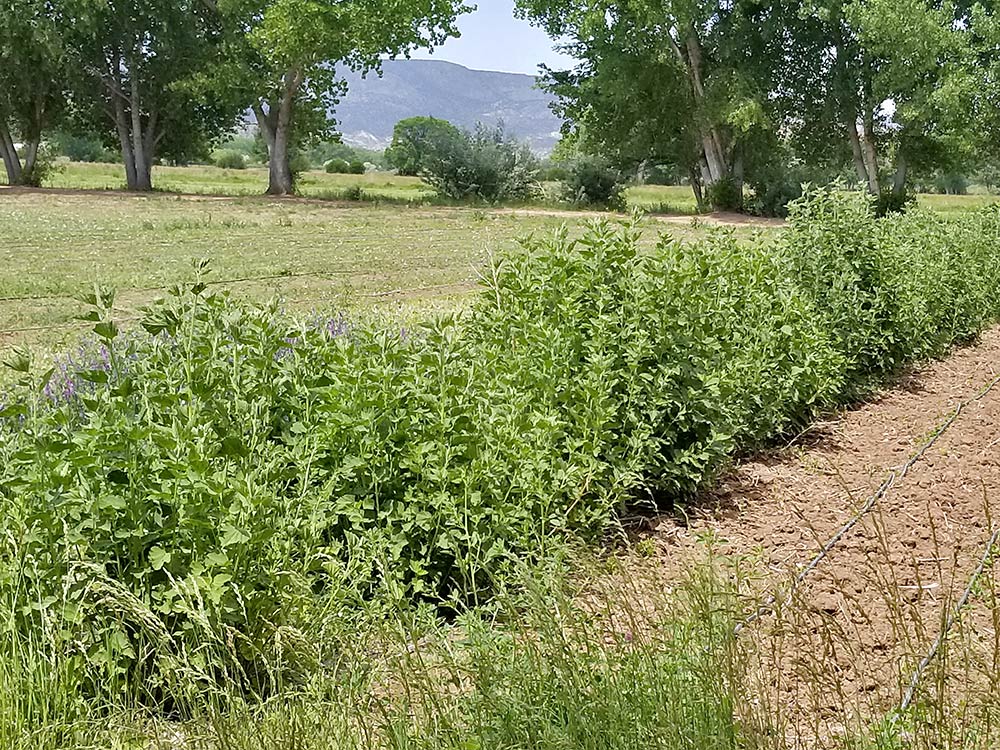

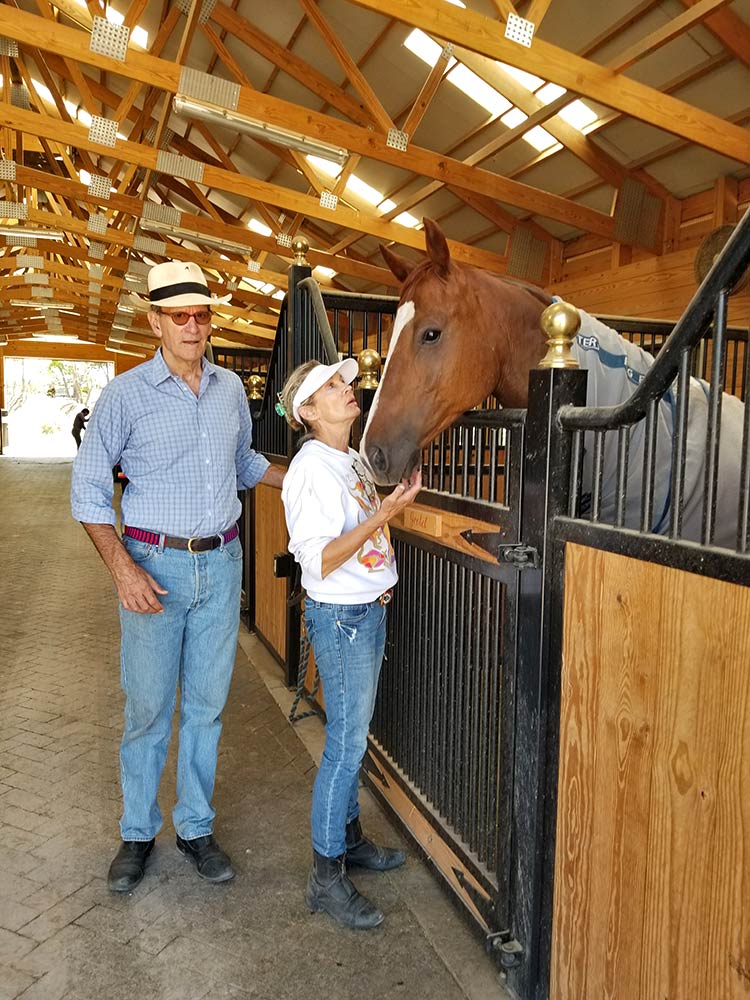
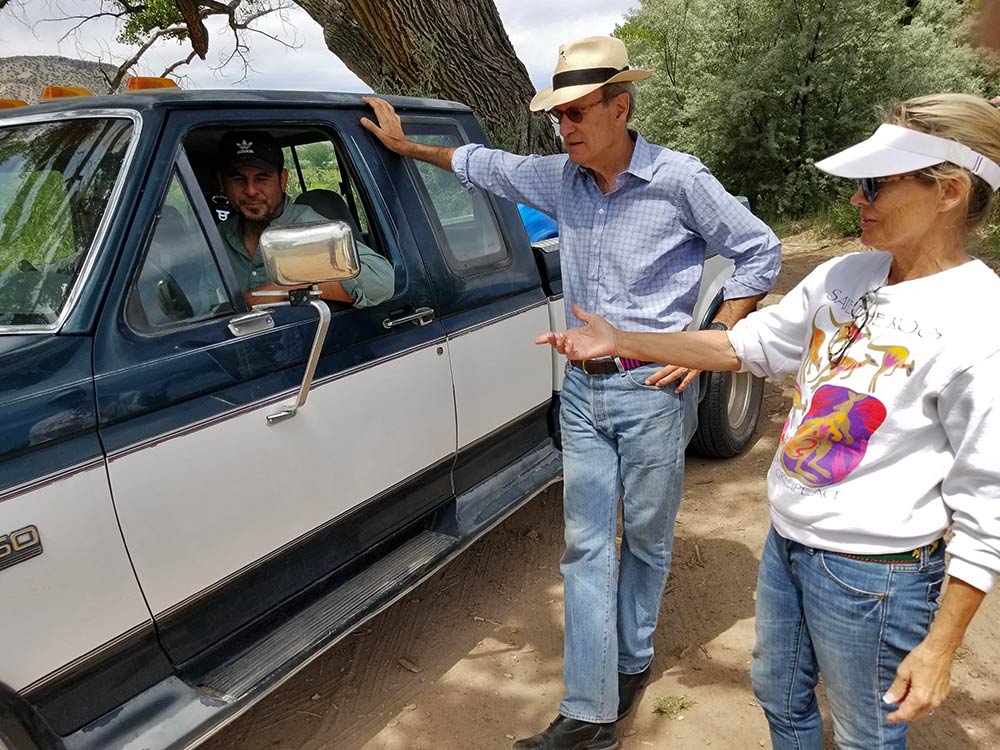
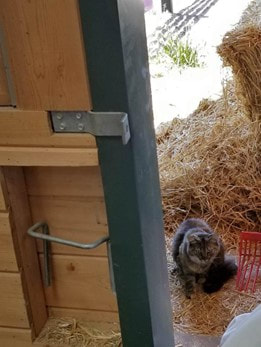
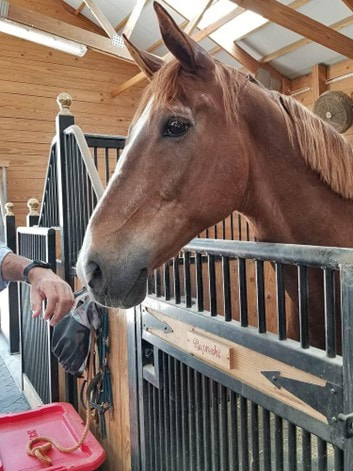
 RSS Feed
RSS Feed